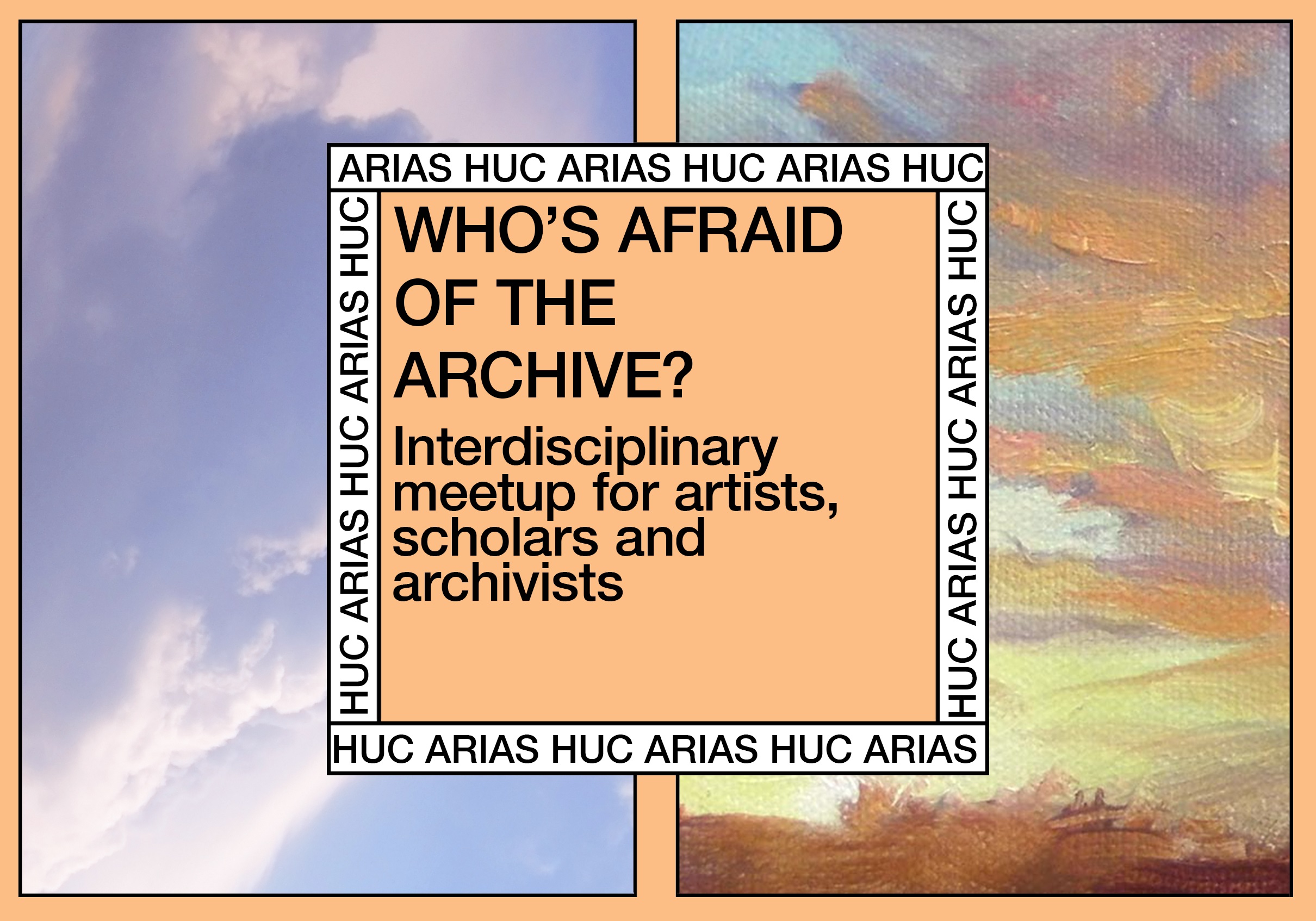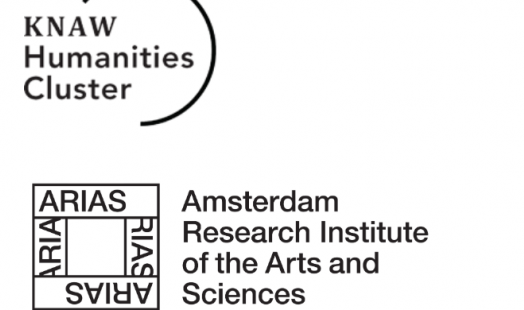Who's afraid of the Archive?
Who’s Afraid of the Archive? is an interdisciplinary meetup for artists, scholars and archivists organised by ARIAS & Humanities Cluster (HuC), KNAW
Lokation: International Institute of Social History, Cruquiusweg 31, Amsterdam
Programme:
18.30: Walk-in with coffee/tea
19.00-21.30: Program
21.30-22.00: Drinks
Opening by HuC archives & ARIAS
Followed by an opening talk by Belit Saǧ (artist)
- Please sign up by sending an email and stating your 2 preferred case studies. See below.
Who's afraid?
Archives fascinate. Whether as dusty, mysterious spaces, as systems of knowledge, or as treasure troves of stories. The archives and data collections of HuC cover a wide array of topics, periods and places, from Medieval Dutch texts, to Karl Marx manuscripts, audio recordings of local dialects, archives of women’s rights campaigners, a personal diaries collection and an archive of letters to the future. What can artists and scholars learn from each other in their approach to the archive?
A meetup
On the 4th of October, the Humanities Cluster (HuC) of the Royal Netherlands Academy of Arts and Sciences (KNAW) and ARIAS (the Amsterdam Research Institute of the Arts and Sciences) invite artists, curators and researchers to ‘HuC harbour’, a converted cocoa warehouse in the former port area of Amsterdam.
Nowadays, it is home of the International Institute of Social History (IISH) and also stores the archival and data collections of another institution co-operating in the cluster: the Meertens Institute. The third party in the Humanities Cluster is the Huygens Institute for the History of the Netherlands, located in the center of Amsterdam.
Researchers of HuC work with the riches of the collections, while artists are also increasingly drawn to the archives. The point of departure for this evening is the idea that these academic and artist researchers have much to learn from each other, but do not regularly meet. It aims to foster the exchange of shared interests, for example in experimental ways of questioning and researching archival and data collections, data visualization, digital humanities, sonic archiving and archival activism.
This meetup aims to engage artists and scholars in a dialogue on their research approaches, methods and results, to learn from each other’s experiences and to explore future research collaborations. The evening is centered on five round tables with case study presentations, offering opportunities for artists and researchers to meet on the basis of common interests.
- Table 1: Visualizing and Conceptualizing Labour Relations: Work and Power – International Institute of Social History
- Table 2: ‘It is an invention of the devil’, the audio collection of the Meertens Institute
- Table 3: Activating inclusivity at the IISH
- Table 4: reading and writing in the margins - Huygens Institute for the History of the Netherlands
- Table 5: ARCH04547For table descriptions, please scroll down.
Interested to join?
Please sign up by sending an email to secretar@iisg.nl, stating your name, current affiliation/occupation/interest (1 line) and the numbers of your two preferred case studies (for example “case study 4 and 5”).
Number of participants is limited. Entrance is free.
For the most up-to-date information, please consult https://arias.amsterdam
For more information about this event, please contact Flora Lysen or Gijs Kessler





